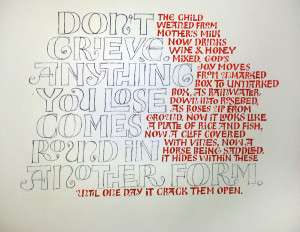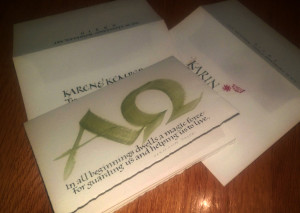F is for Friedrich Neugebauer.
I never met Mr. Neugebauer, but his book The Mystic Art of Written Forms was a profound inspiration in my early calligraphy studies. This was the first calligraphy book I read that was not grounded in the English stream of calligraphy that grew out of the Arts & Crafts Movement.
Mr. Neugebauer taught typography and graphic design in the University of Arts and Industrial Design Linz, a school which was allied with Bauhaus and German Werkbund values. I didn’t know that back then, but I did recognize that this was a very different style of calligraphy. The focus on materials and geometry was apparent even before I understood it Constructivist roots. Even though this book is an instructional book — the subtitle is “An Illustrated Handbook for Lettering” — I regarded the book as inspirational rather than instructional. The beautiful, stylized serifs which characterize Neugebauer’s work was were evident but not explained in the book, or perhaps I missed it because I was so far from ready to understand them.
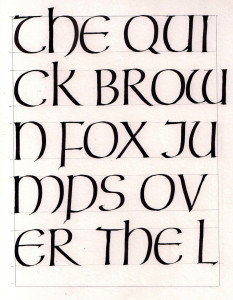 I don’t think I’ve explained that it is my intention to spend at least 30 minutes a day on daily practice. It’s a modest goal, but attainable. When the backlog of holiday-schedule chores abates, I plan to return to my one-hour minimum. Today’s lettering, shown here, is a first copy of Neugebauer’s Uncial exemplar. Although his exemplar is shown at about 11 pen-widths high, I chose to do mine at about 9 pen-widths with a Speedball “C” nib. The slightly flared finials are a Neugebauer trademark; at this size I achieved it with double strokes rather than pressure, which is what I’m sure he did. The horizontal serifs are partially drawn, although with a little practice they could be made with one stroke and some pen twisting.
I don’t think I’ve explained that it is my intention to spend at least 30 minutes a day on daily practice. It’s a modest goal, but attainable. When the backlog of holiday-schedule chores abates, I plan to return to my one-hour minimum. Today’s lettering, shown here, is a first copy of Neugebauer’s Uncial exemplar. Although his exemplar is shown at about 11 pen-widths high, I chose to do mine at about 9 pen-widths with a Speedball “C” nib. The slightly flared finials are a Neugebauer trademark; at this size I achieved it with double strokes rather than pressure, which is what I’m sure he did. The horizontal serifs are partially drawn, although with a little practice they could be made with one stroke and some pen twisting.
These forms are based on Roman Uncials and influenced by the graphic design movements of mid-20th century Europe. They look very different from the Uncial of the English stream of calligraphy, which was influenced by Insular forms of England and Ireland.
I should have used a bigger piece of paper but I only had about 20 minutes 🙂
Like this:
Like Loading...
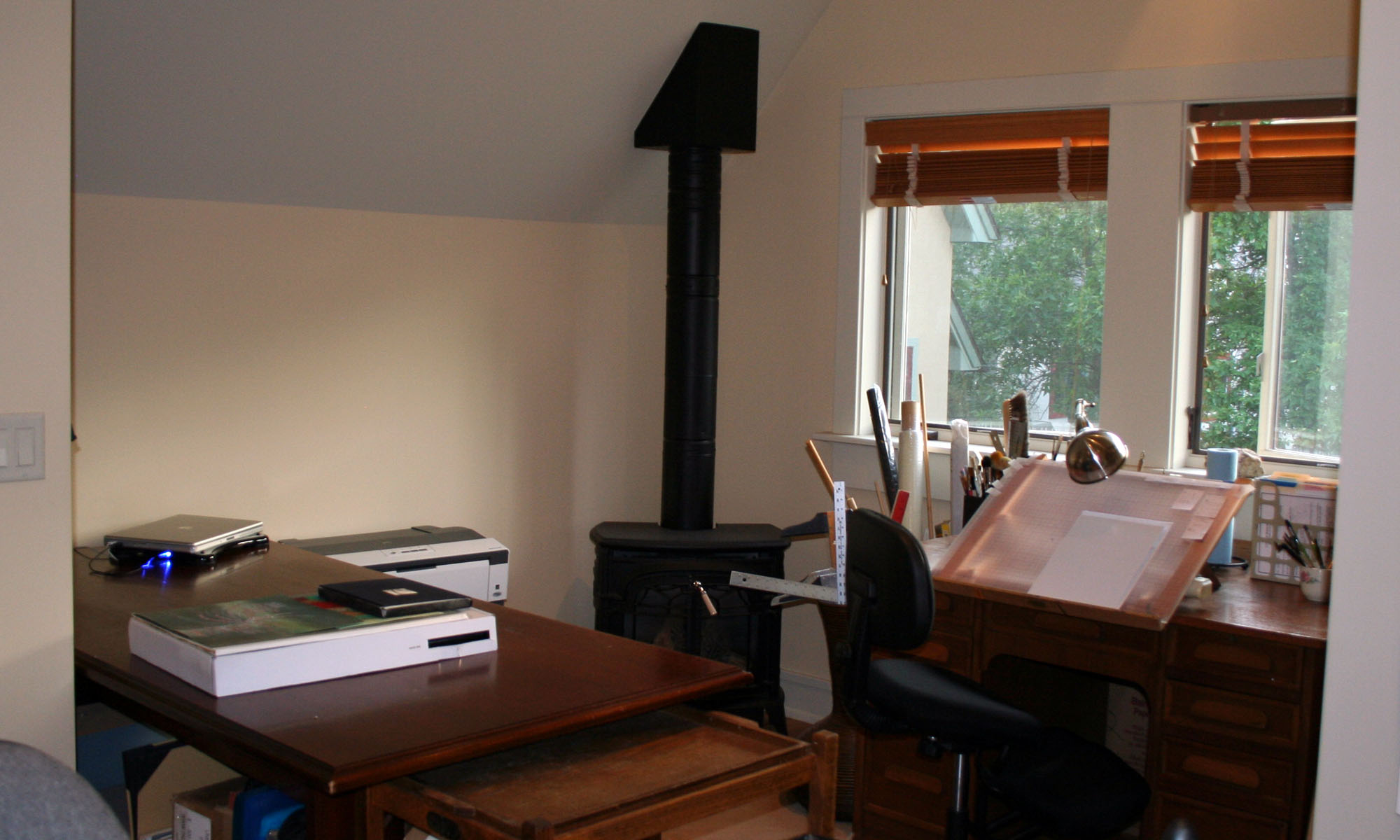
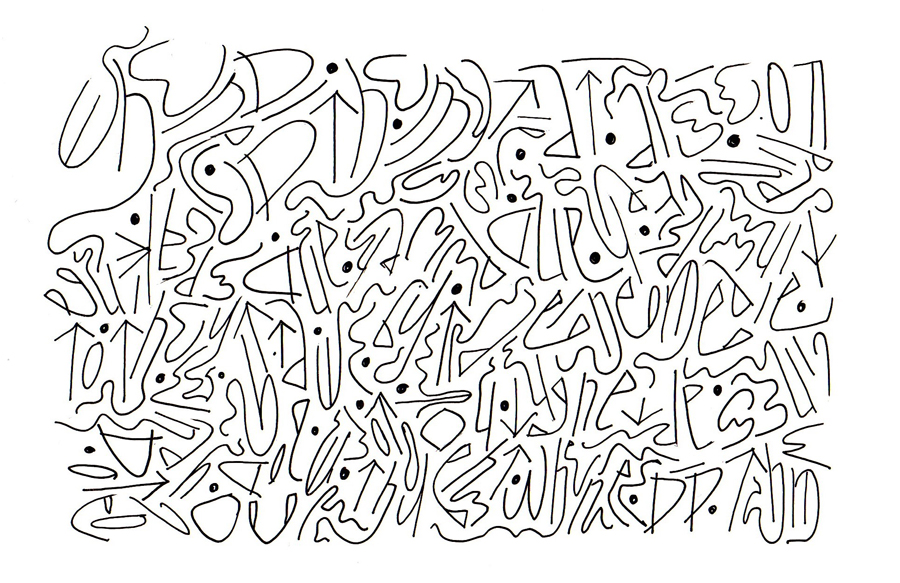


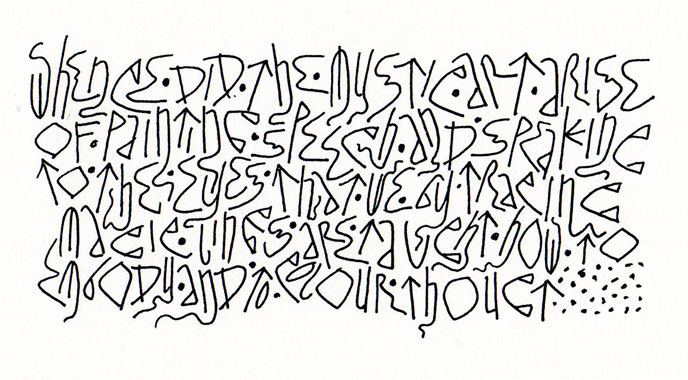
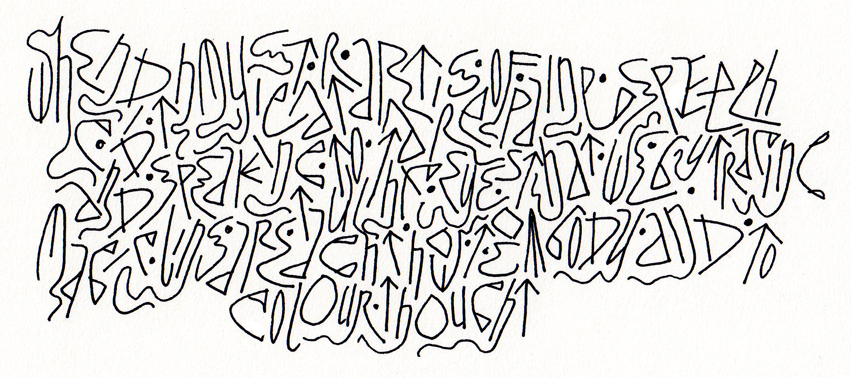
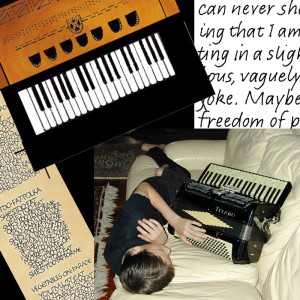
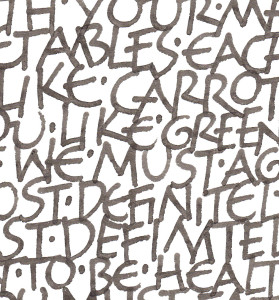
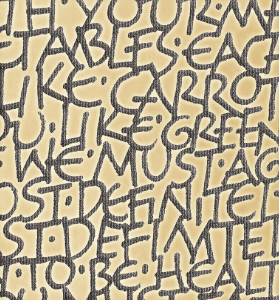
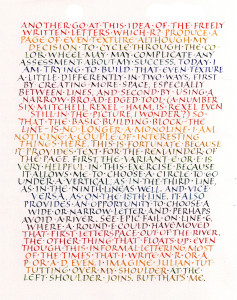
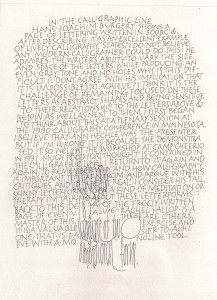
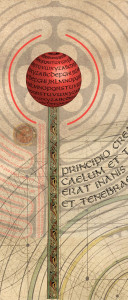
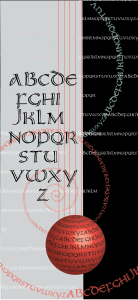
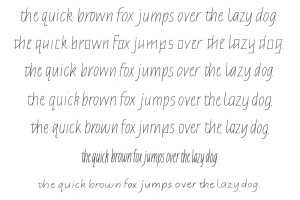
 I don’t think I’ve explained that it is my intention to spend at least 30 minutes a day on daily practice. It’s a modest goal, but attainable. When the backlog of holiday-schedule chores abates, I plan to return to my one-hour minimum. Today’s lettering, shown here, is a first copy of Neugebauer’s Uncial exemplar. Although his exemplar is shown at about 11 pen-widths high, I chose to do mine at about 9 pen-widths with a Speedball “C” nib. The slightly flared finials are a Neugebauer trademark; at this size I achieved it with double strokes rather than pressure, which is what I’m sure he did. The horizontal serifs are partially drawn, although with a little practice they could be made with one stroke and some pen twisting.
I don’t think I’ve explained that it is my intention to spend at least 30 minutes a day on daily practice. It’s a modest goal, but attainable. When the backlog of holiday-schedule chores abates, I plan to return to my one-hour minimum. Today’s lettering, shown here, is a first copy of Neugebauer’s Uncial exemplar. Although his exemplar is shown at about 11 pen-widths high, I chose to do mine at about 9 pen-widths with a Speedball “C” nib. The slightly flared finials are a Neugebauer trademark; at this size I achieved it with double strokes rather than pressure, which is what I’m sure he did. The horizontal serifs are partially drawn, although with a little practice they could be made with one stroke and some pen twisting.
